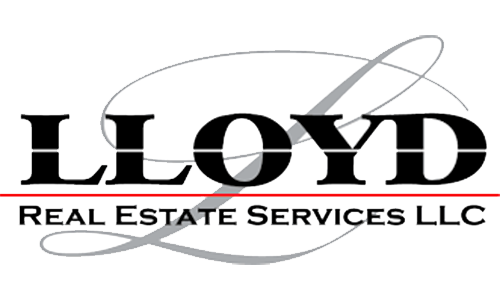Commercial real estate valuation is a nuanced field, employing various methods to determine a property’s worth. Among the most crucial is the income capitalization approach, which heavily relies on capitalization rates (cap rates). Understanding cap rates is essential for anyone involved in commercial real estate, from investors to appraisers. This blog post will illuminate the role of capitalization rates in commercial appraisals.
The income capitalization approach estimates value based on the property’s ability to generate income. It assumes that a property’s value is directly related to the net operating income (NOI) it produces.
The cap rate acts as a crucial link between NOI and value, essentially representing the rate of return an investor expects on their investment.
The basic formula for the income capitalization approach is:
Value = NOI / Cap Rate
This formula highlights the inverse relationship between cap rates and value: a lower cap rate indicates a higher value, and vice versa.
This is because a lower cap rate suggests investors are willing to accept a lower rate of return, implying higher perceived risk or a greater demand for the property.Determining the appropriate cap rate is a critical step in the appraisal process. Several factors influence cap rates:
- Market Risk: The inherent risk associated with a particular market or property type significantly impacts the cap rate. Higher-risk markets generally command higher cap rates to compensate investors for the increased uncertainty.
- Property-Specific Risk: Individual property characteristics, such as location, condition, lease terms, and tenant quality, also affect the cap rate. A property with a strong tenant and a favorable lease is likely to have a lower cap rate than a property with a weaker tenant and shorter-term lease.
- Interest Rates: Prevailing interest rates in the broader economy influence cap rates. Higher interest rates generally lead to higher cap rates, as investors require a higher return to compensate for the increased cost of borrowing.
- Supply and Demand: The balance of supply and demand in the market also plays a role. In a market with high demand and limited supply, cap rates tend to be lower, reflecting the higher value placed on available properties.
Appraisers use various methods to determine the appropriate cap rate for a specific property:
- Direct Market Extraction: This involves analyzing recent sales of comparable properties and extracting their cap rates from their sales prices and NOI. This is the most common method, relying on the availability of reliable comparable sales data.
- Band of Investment: This method considers the investor’s required return on equity and the cost of debt to arrive at a weighted average cap rate. This approach is particularly useful when reliable comparable sales data is scarce.
- Building-Up Method: This involves starting with a risk-free rate of return (e.g., government bond yield) and adding risk premiums for various factors to arrive at the overall cap rate. This is a more theoretical approach and relies heavily on the appraiser’s judgment.
The cap rate is not a static figure; it varies depending on the market conditions and the specific characteristics of the property. Appraisers must carefully analyze market data and consider all relevant factors to determine an appropriate cap rate for each appraisal.
Conclusion
In conclusion, the capitalization rate is a cornerstone of commercial real estate valuation. Understanding how cap rates are determined and the factors influencing them is crucial for accurately assessing the value of income-producing properties. The interplay between NOI and cap rate directly determines the property’s value, making it a vital concept for all stakeholders in the commercial real estate market.

